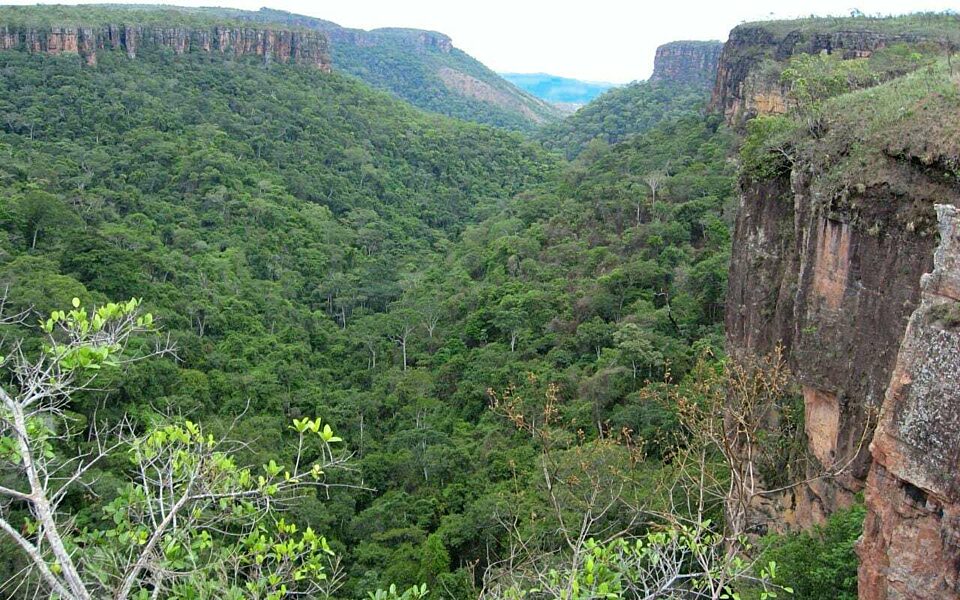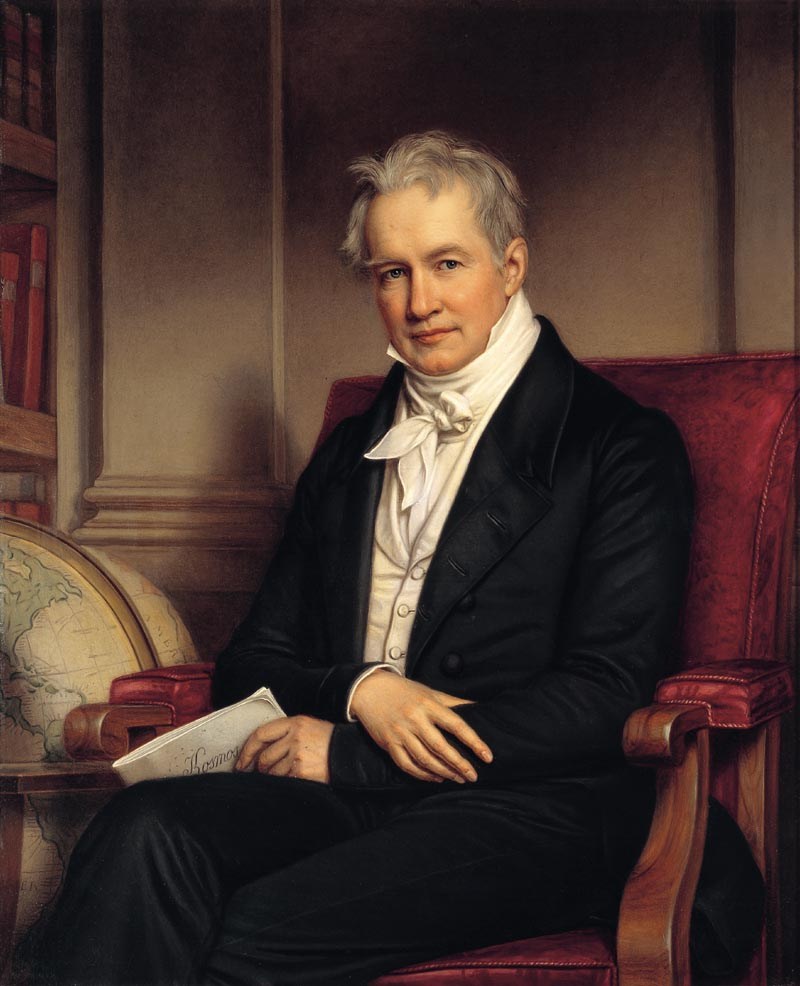
The promise of Humboldt’s extraordinary scholarship
Celebrating the 250th anniversary of Alexander von Humboldt’s birth offers an opportunity to reflect on how far we’ve come toward documenting the biodiversity of the planet. Humboldt and Aimé Bonpland’s exploration of the Amazon and Central America in 1799-1804 was an extraordinary achievement. They traversed near impenetrable rainforests and clawed their way up two of the highest volcanos in the world, Pichincha and Chimborazo (4,784 and 5,878m). Stopping only long enough to catch their breath they then went on to search for the source of the Amazon. Their passion and discoveries spawned generations of explorers that have gone on to describe the patterns of the physical and biotic world with greater precision than ever before. Inventorying biodiversity on the planet continues today and employs an ever-burgeoning toolbox of approaches, from genomic techniques for quantifying environmental DNA to satellite remote sensing.
In important ways, the study of biodiversity is now shifting toward understanding not only the pattern of biodiversity, but also the fundamental processes that produce and maintain it. This shift has been more than 200 years in the making but could not be coming at a more critical time. We are now witnessing a global, but unplanned, evolutionary experiment with the biodiversity of the planet. Mismatches between the environments to which species are well adapted and those in which they now exist are becoming commonplace. Understanding ecological and evolutionary processes and leveraging this knowledge to make more informed conservation decisions will be essential. Yet, many present day conservation efforts still overemphasize protecting current hotspots of species richness and endemism with little focus on preserving ecological and evolutionary processes.

How might have Humboldt responded to these existential threats? We’ll never know. But it’s likely he would have devoted himself to understanding the impacts and finding solutions to mitigate them. The notion of applied evolutionary management did not exist during Humboldt’s time, indeed Darwin’s Origin of Species was pushed in 1859 - the same year as Humboldt’s death. However, applying evolution principals is not new and has its roots in wildlife management of the early nineteenth century. One of the fathers of conservation biology, Aldo Leopold, recognized the potential deleterious effects of hybridization on native trout populations but also the opportunity of releasing hybrids into “empty” waters where they might adapt and proliferate.
The impacts of unmanaged evolution are widespread but approaches for addressing them have received little attention. In a recent review article we introduced the concept of prescriptive evolution, which refers to how natural selection and other evolutionary processes may be leveraged to proactively promote wise management in the face of change (Smith 2014). In practice, using prescriptive evolution to manage natural populations in the face of climate change might include many approaches, such as: the movement of targeted phenotypes or genotypes to genetically depauperate populations, genetic restoration, assisted migration, managed gene flow, assisted gene flow, genetic rescue, evolutionary rescue and many others (Smith 2014).
While we’ve learned a great deal about the natural world in the 10 generations since Humboldt’s birth our understanding remains in a nascent state. A deeper understanding of ecological and evolutionary processes will be essential to survive the onslaught of climate change. Are we up to task? Perhaps, but only if we follow Humboldt’s example of extraordinary scholarship and undaunted tenacity to understand the truths of nature and use them to make the most informed management decisions we can.
Reference
Smith TB, Kinnison MT, Strauss SY, Fuller TL, Carroll SP. 2014.Prescriptive evolution to conserve and manage biodiversity. Annual Review of Ecology, Evolution, and Systematics 45:1-22.
Story by Thomas Smith originally published in Ecology and Evolution here